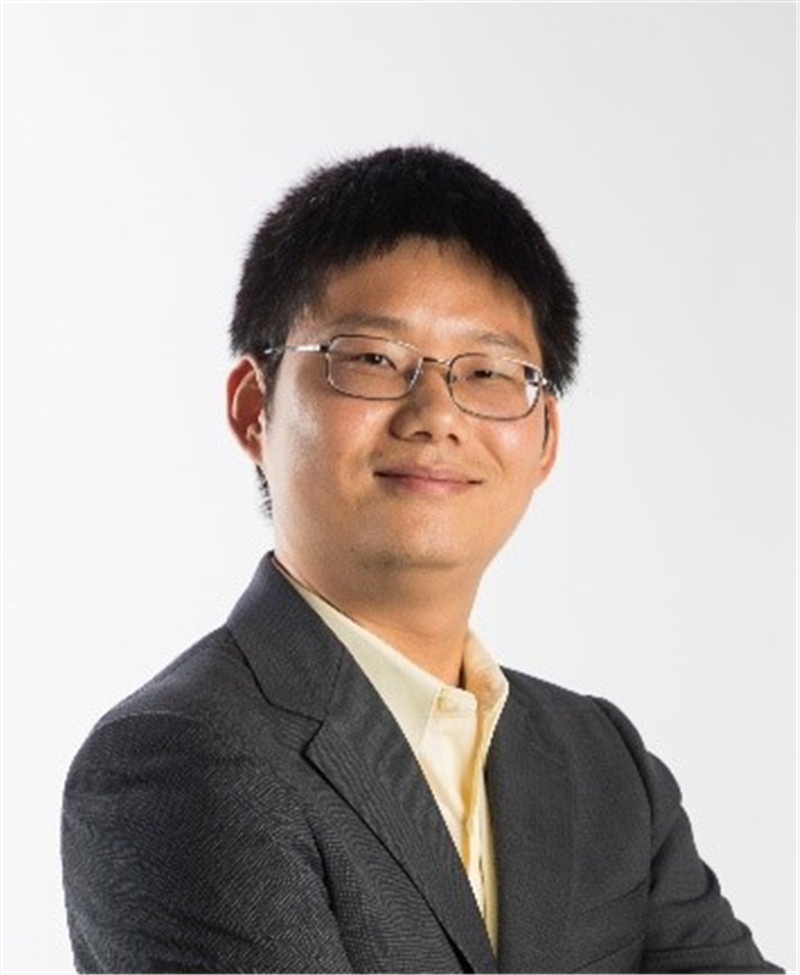报告题目:Polyelectrolyte brushes in multivalent ionic media: structure and functionality
报告人:俞璟 教授
讲座时间:2018年11月22日上午10:00
讲座地点:友谊校区老图书馆401
邀请人:李林 教授
承办单位:柔性电子研究院
联系人:王添
联系电话:18269103286
报告简介:
Understanding the response of polyelectrolytes to their environment has challenged materials scientists for decades. Polyelectrolyte brushes are of particular interest, as they can regulate transport of ions and molecules, control wettability and adhesion of surfaces, or convert chemical and biochemical stimuli into optical, electrical, and mechanical signals. We combined neutron-reflectivity (NR), atomic force microscopy (AFM), surface forces apparatus (SFA) measurements, and coarse-grained molecular dynamics (MD) simulations to study the structure of planar biomimetic polyelectrolyte brushes (poly(styrenesulfonate), PSS) in a variety of solvent conditions, especially in the presence of multivalent counterions. Multivalent-ion induced lateral structural inhomogeneities of the PSS brushes were first indicated by NR measurements. AFM images provide a direct visualization of lateral inhomogeneities on the surface of polyelectrolyte brushes collapsed in solutions containing trivalent counterions. These images are interpreted in the context of a coarse-grained molecular model, and are corroborated by accompanying interaction-force measurements with the SFA. Our findings indicate that lateral inhomogeneities are absent from PSS brush layers collapsed in a poor solvent without multivalent ions. The inhomogeneous structures of the polyelectrolyte brushes in the presence of multivalent ions can dramatically alter their functionalities in various biomedical applications, such as lubrication, sensors, and DNA-based microarrays.
报告人简介:
Dr. Yu Jing is an assistant professor in the School of Materials Science and Engineering (MSE) at Nanyang Technological University (NTU) in Singapore. He obtained his Bachelor’s degree from Tsinghua University in 2007, and PhD from the University of California, Santa Barbara in 2012, both in Chemical Engineering. His PhD research under the supervision of Prof. Jacob Israelachvili focused on the nanomechanics of biomaterials and biomimetics. He conducted experimental and theoretical studies on both mussel and gecko adhesive systems, and developed bio-inspired polymer surfaces and nano-structured materials. In 2014, he expanded his research interests towards polyelectrolytes brushes during his postdoc with Prof. Matthew Tirrell at the University of Chicago.
